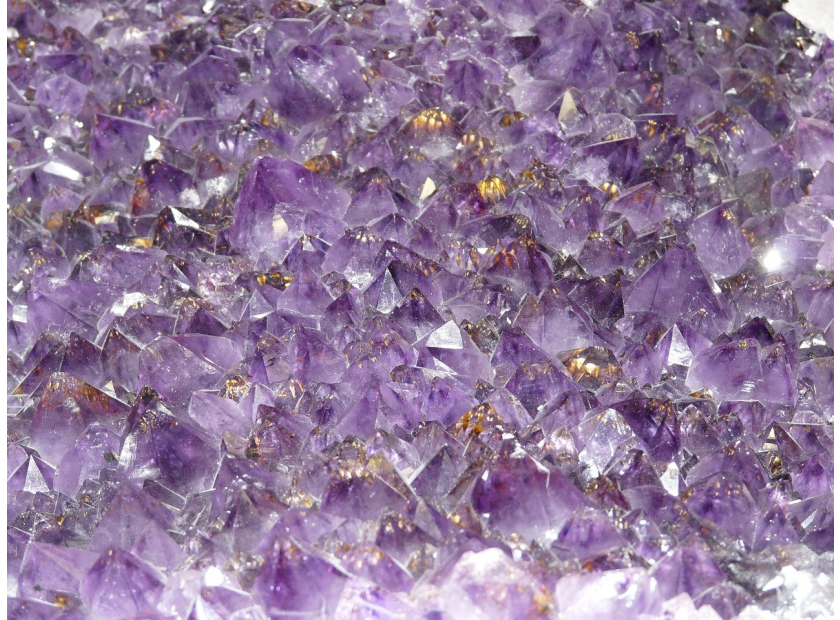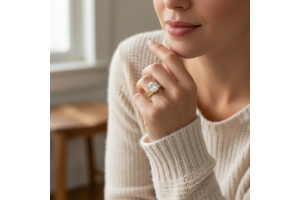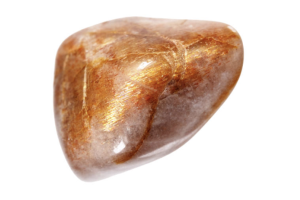USD
/
USD
/
Shipping to:
Currency:
Amethyst vs Citrine: Key Differences Between These Stunning Quartz Gemstones
Amethyst and citrine are two captivating gemstones that, while both belonging to the quartz family, show distinct characteristics that set them apart.
Understanding these differences is essential for collectors, jewelry lovers, and anyone fascinated by the unique qualities of gemstones.
Amethyst: The Alluring Purple Quartz
Amethyst is loved for its enchanting purple tones, which range from delicate lavender to deep violet.
This color is mostly caused by iron impurities and natural radiation during the crystal’s formation.
Historically, amethyst has been cherished since ancient times, often associated with royalty and believed to have protective and calming properties.
If you’re drawn to the serene beauty of amethyst, take a look at these gemstone engagement rings featuring this stunning gem.
Citrine: The Radiant Yellow Quartz
Citrine radiates warm shades ranging from pale yellow to deep amber.
Its name comes from the French word 'citron' meaning lemon, which perfectly captures its sunny appearance.
Natural citrine is rare; most citrine sold today is created by heat-treating amethyst or smoky quartz to bring out golden hues.
This stone is often connected with success and positivity, earning it the nickname “merchant’s stone.”
To see citrine in jewelry, check out these beautiful gemstone rings.
Distinguishing Between Amethyst and Citrine
Color is the most obvious difference—purple for amethyst and yellow for citrine—but there are a few more factors to consider:
Formation Process
Natural citrine is less common, and many citrine stones on the market are heat-treated amethyst.
The treatment process changes the crystal’s color from purple to yellow or golden-orange.
Physical Properties
Both are quartz and have the same basic chemical structure, but their colors result from different trace elements and treatment processes.
Market Availability
Because natural citrine is rare, most commercially available citrine has been heat-treated.
To learn more about how gemstones form and differ from diamonds, check out this helpful guide.
Metaphysical Properties and Symbolism
Amethyst is believed to promote clarity, emotional balance, and spiritual insight.
It’s often used in meditation and thought to reduce stress and negative energy.
Citrine, on the other hand, is associated with joy, confidence, and abundance.
Many people wear it as a reminder to stay positive and motivated in their goals.
If you're interested in something symbolic and meaningful, you might want to browse these non-traditional engagement rings that incorporate vibrant gemstones.
Caring for Amethyst and Citrine Jewelry
Both amethyst and citrine score a 7 on the Mohs hardness scale, meaning they’re durable enough for everyday wear with a bit of care.
Here are a few tips to keep them looking their best:
Cleaning
Use warm water, mild soap, and a soft brush to gently clean your gemstone jewelry.
Avoid harsh chemicals or ultrasonic cleaners that can damage the stones.
Storage
Store each piece separately to prevent scratches from harder gems or metals.
Exposure
Overexposure to sunlight can fade the colors of both amethyst and citrine.
For more tips on buying and caring for alternative stones, check out this gemstone vs lab-grown diamond comparison.
Frequently Asked Questions
Is heat-treated citrine less valuable than natural citrine?
Natural citrine is rarer and more sought after by collectors.
However, heat-treated citrine is visually similar and more accessible, making it popular and affordable.
Can amethyst lose its color over time?
Yes, long exposure to sunlight or high heat can cause amethyst to fade.
How do I know if my citrine is natural or heat-treated?
Natural citrine tends to be pale yellow or smoky, while heat-treated citrine usually has richer, orange tones.
For a clear answer, have the stone examined by a certified gemologist.








